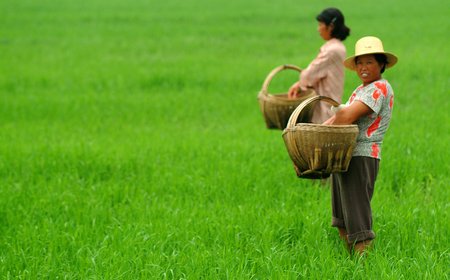Fruit booms and investor mobility along the China-Myanmar and China-Laos borders
This journal article was originally published in the Ecology and Society journal. The article is authored by Xiaobo Hua, a research assistant of the MIDEQ China team, along with Le Zhang and Yasuyuki Kono. The original article can be found here.
Abstract
Investment in fruit cultivation is currently transforming agricultural production and rural landscapes in the mountainous region of mainland Southeast Asia, especially in the borderlands and lowlands of this region. Unlike large-scale land acquisitions and investment in previously reported boom crops, e.g., rubber trees and oil palms, investment in fruit cultivation is generally short-term, small-scale, and often informal. Additionally, different from previous crop booms, investors in fruit booms often relocate geographically or spatially to seize opportunities. Research has yet to investigate this aspect of today’s investment boom in fruit cultivation. Beyond discussing a certain fruit type in a specific area, this study documents the geographic mobility of investment as the distinguishing characteristic of investment in fruit cultivation in Dehong, Xishuangbanna, Mandalay, and Luang Namtha, all of which are located along the China-Myanmar (Burma) and China-Laos borders. This is achieved through grounded methodological approaches. These sites have become a hot spot of booms in the production of fresh fruit, e.g., banana and watermelon. This investment mobility can be generally divided into the following two types: domestic investors relocating within one country, and foreign investors relocating across borders, thus, (re)locating investment. Comparison and synthesis are employed to show that ecological and social-political constraints drive investor mobility in fruit booms along liberalized agri-trade and regional comparative advantages. This study advances the understanding of associated issues by characterizing and excavating the geographic mobility of investors in the current era of small-scale land acquisitions and investment in fruit booms in a broader scope. These findings expand the theoretical literature on land grabbing and crop booms and help to (re)consider related environmental consequences and well-being of the affected population.



